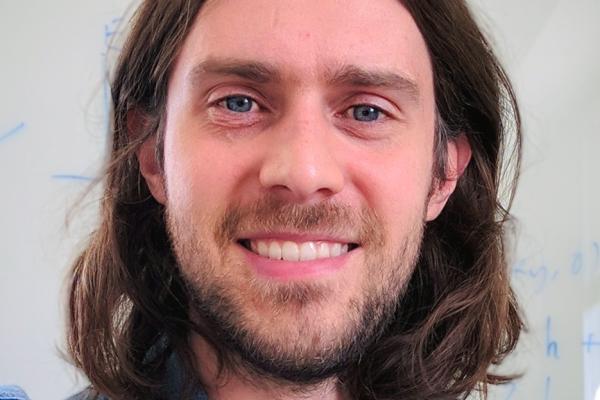
There are now much excitement and intense research interest on atomically thin one- and two-dimensional crystals because of their many fascinating novel properties and promise in applications. In particular, it has become possible to measure spectra associated with a number of multiparticle excitations, such as trions and biexcitons, displaying large binding energies and which could not be accessed with standard approaches. In this talk, I present results from a new formalism to tackle these excitations. Our new ab initio diagrammatic approach allows for the prediction, without adjustable parameters, that trions and biexcitons in carbon nanotubes and in monolayer transition metal dichalcogenides are stable at room temperature. Our results reveal in detail the electronic correlation in these excitations and the rich physics of excited multiparticle states. We also explored from first-principles another established correlated multiparticle excitation in systems with reduced dimensionality – plasmons. Our combined computational and theoretical approach reveals that plasmons in real quasi-2D metals display a unique but universal dispersion not found in the ideal 2D electron gas. I will show that quasi-2D metals can host long-lived plasmon excitations, yield giant electric field enhancement of the order of 107, and more generally are a platform to study localized bosonic excitations and new physics.
